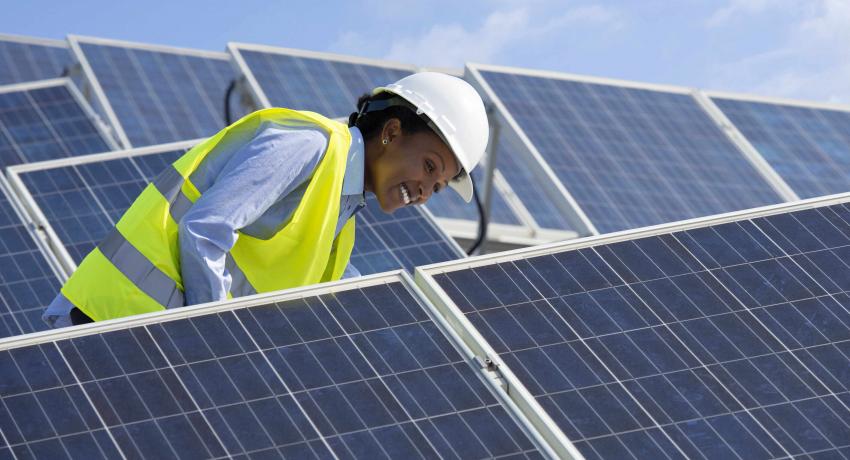Subseasonal and seasonal forecasts can help energy companies become aware of weather-related risks at an earlier stage and enable them to better prepare for them. They can also help them decide when to perform maintenance on their power plants.
The sooner power producers get information on how weather conditions are likely to evolve over the coming weeks and months, the more time they have to prepare for them and to protect their power plants from potential hazards.
If operators of wind and solar power plants know in advance that weather conditions will soon turn very wintry, they can, for example, organise snow removal to minimise the risk of the snow reducing power production and ensure unhindered access to their power plants.
Similarly, if hydropower operators know that heavy rain is expected in a couple of weeks or next month, and that it could lead to a risk of flooding, they can reduce the filling levels in their reservoirs to make room for all the water to come.
Seasonal forecasts can help companies identify risk of cooling water problems
Conventional power plants are often located near rivers and lakes to ensure that they have access to plenty of water to cool down the steam produced during the electricity generation process. During a heatwave, however, the water used for this purpose may get too hot, and the power plant may have to shut down or reduce its electricity production significantly.
Electricity demand tends to be high during heatwaves because people use their air-conditioning systems to cool down. Lower supply of power from conventional sources during heatwaves can therefore lead to a risk of blackouts.
Subseasonal and seasonal forecasts can predict when such events may occur and help energy producers prepare for them. Such forecasts can thus contribute to increasing the security of supply during prolonged periods of unusually hot weather.
Can help plant operators plan maintenance on their power plants
Subseasonal and seasonal forecasts can also help operators of both renewable and conventional power plants decide when is the best time to plan maintenance outages.
Power plants usually need to be shut down to undergo maintenance, which will lead to a decline in electricity production. This means that maintenance outages should ideally occur when both power demand and electricity prices are expected to be low.
Subseasonal and seasonal forecasts can help power producers identify when such situations are likely to occur. These forecasts can therefore help them avoid situations where maintenance outages might pose a risk to the security of supply and lead to a sharp reduction in income due to lower electricity sales during periods with high power prices.
Read more about how the energy industry can benefit from using subseasonal and seasonal forecasts in our new fact sheet.
Written by: Iselin Rønningsbakk / CICERO Center for International Climate Research. Photo by Ruslan Dashinsky / Getty Images.


